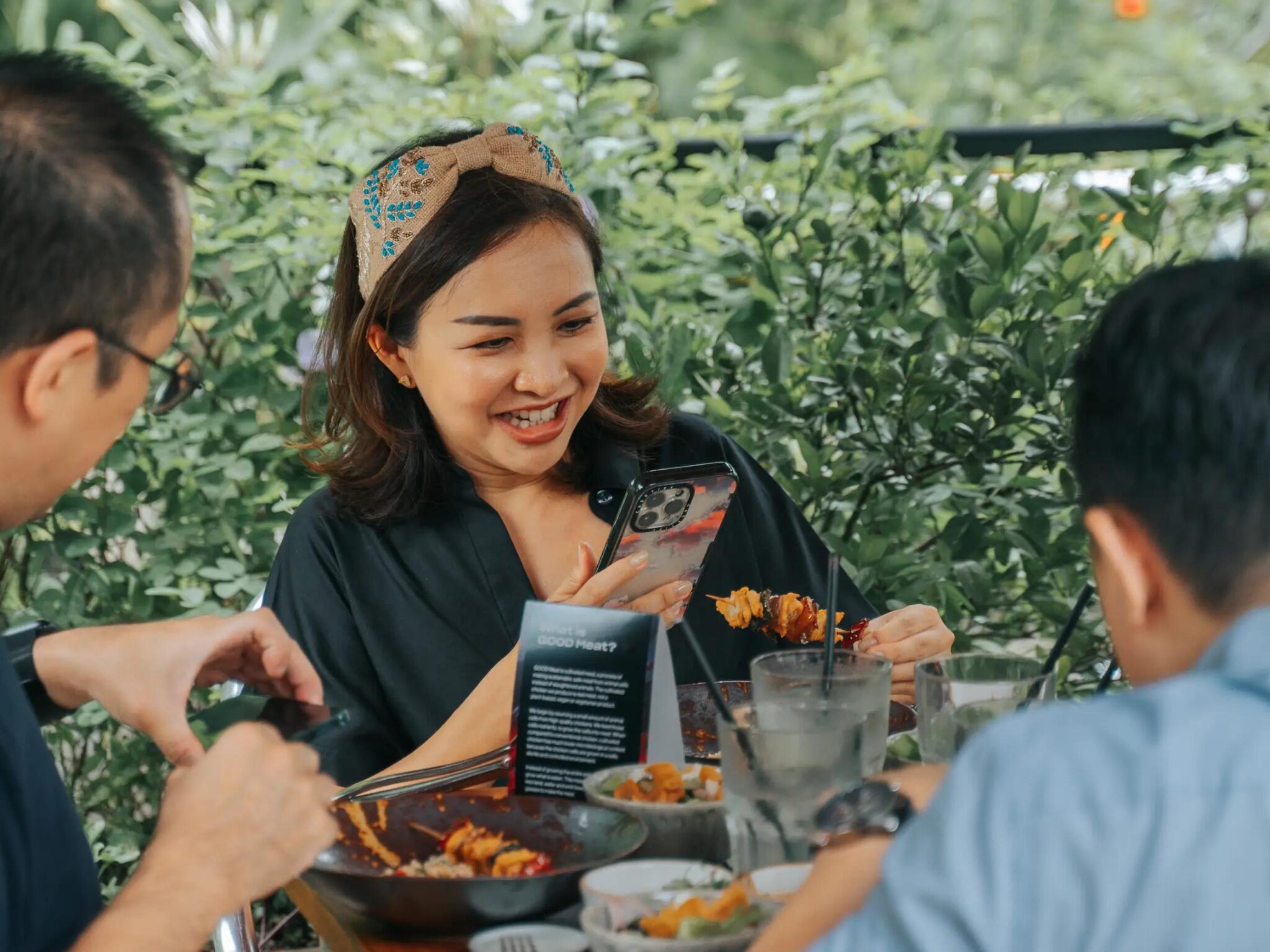
Singapore has replaced its ’30 by 30′ food sovereignty plan with one that sharpens focus on specific food categories; notably, cultivated meat isn’t part of the new strategy.
Six years after announcing a strategy to lower its reliance on food imports, Singapore is overhauling its approach.
The city-state procures over 90% of its food from other countries, and only 1% of its land is set aside for agriculture, making it vulnerable to supply shocks and climate change. In its bid to boost self-sufficiency, its government launched the ’30 by 30′ policy in 2019, aiming to produce 30% of its food locally by the end of this decade.
Now, however, Singapore is scrapping that plan in favour of a new four-pronged strategy that targets local production of protein and fibre, import diversification, stockpiling, and global partnerships.
“We are now ready for the next chapter of our food security plan: the Singapore Food Story 2,” environment minister Grace Fu said on the opening day of the Asia-Pacific Agri-Food Innovation Summit. “It replaces ’30 by 39, which is an aspiration only for local production.”
She added: “We can complement local production with other food strategies to achieve food resilience. We have reassessed our needs, our resources, and our capabilities. And with these considerations, we are expanding our portfolio of strategies.”
Why ’30 by 30′ didn’t work

Explaining the decision to move away from the ’30 by 30′ framework, Fu said the government knew it would be a “challenging aspiration” from the start, citing Singapore’s “small and undeveloped agri-food sector, our limited land resources and high operating cost environment”.
“Since then, we have had to deal with the impact of supply disruptions caused by border closures due to Covid-19, export bans by some countries and animal diseases,” she explained.
“Our local agri-food sector, like their peers in other countries, has faced headwinds – supply chain disruptions, inflationary pressures on energy and manpower costs, and a tougher financing environment. This has led to delays in farm development and some exits, even as we witnessed new start-ups,” added Fu.
And despite Singapore’s reputation as a global food tech hub, the challenges that have plagued categories like plant-based proteins and cultivated meat also played a part. “The alternative protein industry has faced hurdles in scaling up due to higher production costs and weaker-than-expected consumer acceptance globally,” said Fu.
Four companies are already approved to sell cultivated meat in the city-state, whether for human use or pet food, and it remains an attractive location for players in the space to enter the market. The aforementioned challenges mean these proteins are not part of the national food security strategy in the short term, according to the Singapore Food Agency.
“In the longer term, if and when alternative proteins become more competitive and mainstream globally, it can potentially contribute to our food security,” the regulator told the Straits Times. “In the meantime, we will press on with efforts in R&D and industry development for this sector.”
That said, the SFA has committed S$42M ($32M) to 11 future food projects, four of which are focused on solutions to strengthen the nutrition and functionality of alternative proteins. Additional financing has been awarded to the Centre for Precision Fermentation and Sustainability to translate research outputs into market-ready solutions.
Singapore exploring multi-tenanted production facility

“Drawing from our experience over the past five years, we have reassessed our local production strategy to be more targeted,” said Fu.
Under the Food Story 2 strategy, Singapore is aiming to have 20% of fibre and 30% of protein consumption supplied locally by 2035. The fibre category includes fresh leafy and fruited vegetables, beansprouts and mushrooms; the proteins refer to eggs and seafood. For context, only 8% of fibre intake was produced domestically last year, rising to 26% for protein.
To help reach this goal, the government will help its farms manage production costs. “Our farms face rising operating costs. While we cannot control energy costs and global inflation, we can help our farms lower production costs by taking the following steps,” said Fu.
Singapore is now studying the feasibility of developing a multi-tenanted agrifood production facility, which could offer farms plug-and-play spaces, common utilities and shared services, and an indoor production facility with controlled environments.
In addition, the city-state will invest in R&D and fund farms to build capacity. “Technology and innovation are enablers that boost farm productivity, build resilience and be future-ready,” Fu noted.
“Given climate change and geopolitical developments, countries are increasingly vulnerable to global shocks and disruptions in our food supply. In recent years, we have seen how a single event could send ripple effects through the global market, disrupting the supply of food on our tables,” she explained.
“The Russia-Ukraine conflict showed this clearly. It is happening miles away from Singapore. Yet, by disrupting the global supply of fertilisers and animal feed, the conflict indirectly triggered export restrictions on food items in Singapore.”
She added that building up local production under the original ’30 by 30′ policy was necessary to provide an assured and regenerative source of food during supply disruptions, indicating that the new strategy builds on that: “Together with other pillars of our food strategy, it gives us more options and flexibility in times of need.”
The post Singapore Scraps ’30 By 30′ Policy, Brushes Aside Cultivated Meat in New Food Security Plan appeared first on Green Queen.
This post was originally published on Green Queen.